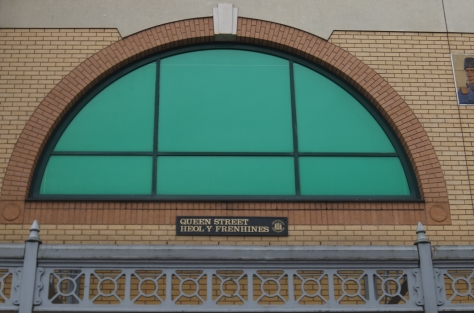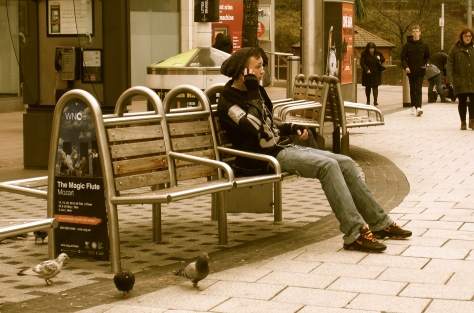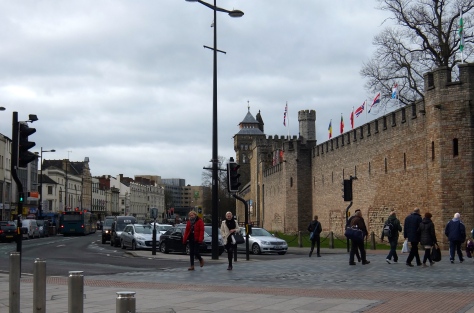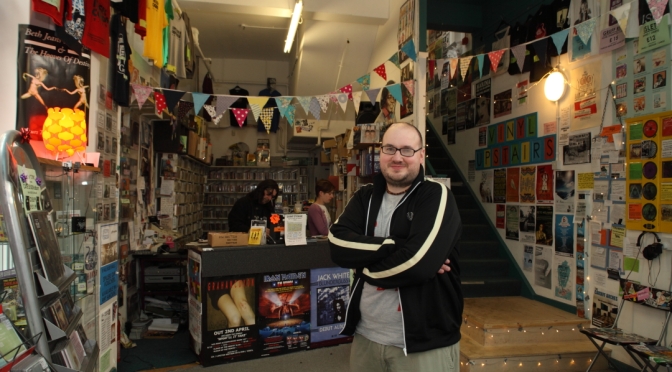
On Saturday 19 May, a specially curated event will bring inspirational speakers and performers to the heart of Canton to share exciting new ideas and discussion.
Speakers include a firefighter who changed the way emergency services make decisions, and a man who believes trees can solve social problems. The talks aim to challenge, inspire and motivate the audience, and give them ideas to improve their lives and the world they live in.
Only 30 tickets will be available for the main event in local micropub St Canna’s, and there will be a viewing party down the road in the Printhaus with some extra community-led events. The talks will also be streamed online.
Event organiser James Karran said:
I opened St Canna’s to help create a place where people could meet, talk and drink great beer. Running an event licensed by the world-famous TED conferences is a fantastic way of bringing new ideas to our little community.
The three organisers and our team of volunteers have worked really hard to find the most inspiring speakers and amazing performers, and we can’t wait to reveal our full plans for the afternoon’s event!
Tickets will be released at midday on Tuesday 3 April. The price is £15, which includes four talks, two performances, two videos, a goody bag and a snack. Follow @tedx_canton for updates on ticket sales, speaker announcements and more exciting news!
About us
TEDxCanton is being organised by James, Hannah and Sara.

James Karran is the owner of St Canna’s and the holder of the TEDx license. He is a Baptist minister with a history of arranging unusual events, once running a ‘pub church’ project around Cardiff city centre. He opened St Canna’s in April 2017 with the intention of creating a space for the local community to meet, chat and drink great beer.
Hannah Johnson co-runs We Are Cardiff, an award winning volunteer-run blog that celebrates Cardiff’s alternative culture, arts scene and diverse communities. In her day job she’s a parliamentary researcher specialising in equality, human rights and poverty. She also writes for a human rights public education project, and works as a consultant for the UN Development Programme.
Sara Williams has managed corporate partnerships between businesses and the third sector for six years. She is incredibly passionate about bring local community and businesses together, and has led on sponsorship for the TEDxCanton.
About TEDx
In the spirit of ideas worth spreading, TEDx is a program of local, self-organised events that bring people together to share a TED-like experience.
At a TEDx event, TED Talks video and live speakers combine to spark deep discussion and connection. These local, self-organised events are branded TEDx, where x = independently organised TED event. The TED Conference provides general guidance for the TEDx program, but individual TEDx events are self-organised.
Sponsors
TEDxCanton is kindly supported by the Waterloo Foundation, and sponsored by a range of very generous local businesses and organisations:

Notes for editors
Contact
For more information about the event, contact tedxcantoncf@gmail.com.
About TED
TED is a nonprofit organisation devoted to Ideas Worth Spreading, usually in the form of short, powerful talks (18 minutes or fewer) delivered by today’s leading thinkers and doers. Many of these talks are given at TED’s annual conference in Vancouver, British Columbia, and made available, free, on TED.com. TED speakers have included Bill Gates, Jane Goodall, Elizabeth Gilbert, Sir Richard Branson, Nandan Nilekani, Philippe Starck, Ngozi Okonjo-Iweala, Sal Khan and Daniel Kahneman.
TED’s open and free initiatives for spreading ideas include TED.com, where new TED Talk videos are posted daily; the Open Translation Project, which provides subtitles and interactive transcripts as well as translations from thousands of volunteers worldwide; the educational initiative TED-Ed; the annual million-dollar TED Prize, which funds exceptional individuals with a “wish,” or idea, to create change in the world; TEDx, which provides licenses to thousands of individuals and groups who host local, self-organized TED-style events around the world; and the TED Fellows program, which selects innovators from around the globe to amplify the impact of their remarkable projects and activities.
***
- Sign up for the weekly We Are Cardiff newsletter
- Check out what’s going on with We Are Cardiff Press
- Like us on Facebook
- Squawk @ us on Twitter @wearecardiff
- Follow us on Instagram/WeAreCardiff
- Follow our rescue dog adventure Instagram/ZeldaPooch












































